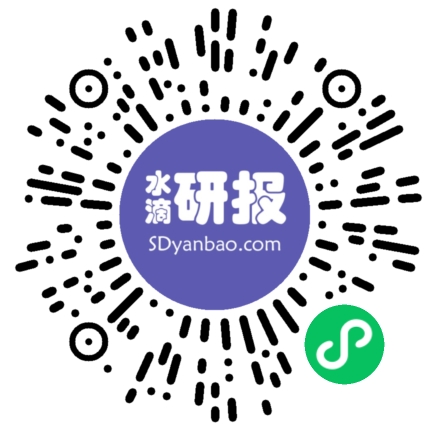下一个十年:人工智能(英)
ARTIFICIAL INTELLIGENCEReports on the technologies andbehaviors that will shape advertisingover the next decade.THENEXT 10The Next 10 is a new addition to GroupM's "Next" series, encompassing the weekly podcast This Week, Next Week, our biannual global ad revenue forecast This Year, Next Year and now The Next 10—exploring the technology and behaviors shaping the next decade of advertising. In this edition of Next 10we are publishing new, proprietary forecasts on the size of AI in advertising.We estimate it will reach more than $370 billion this year and is likely to inform the vast majority of media by 2032, reaching $1.3 trillion, or more than 90%of total ad revenue.1NEXT 10THEINTRODUCTIONAI IN ADVERTISINGHOW CONSUMER EXPERIENCES WILL CHANGEWHY AI-ENABLED ADVERTISING AND PERSONALIZATION MATTERIMPLICATIONS FOR MARKETERS: RESPONSIBLE AND ETHICAL AISCENE SETTING020506081113APRIL 2022 • THE NEXT 10 IAR TI FI CI AL I NTELLI GENCE2AI WILL PERMEATE THE MARKETING INDUSTRY AND ENABLE PRIVACY-FIRST PERSONALIZATION AT SCALE. It feels like a foregone conclusion by now that the streets (or subterranean tunnels) of 2032 will be populated by autonomous vehicles (AV) ferrying passengers and cargo from point A to point B.The march to fully autonomous vehicles has notbeen without incident and has largely played outin the public sphere, especially in AV provinggrounds like San Francisco and Phoenix, whereone could regularly see cars kitted out with various sensors and equipment. There is somethingendearing about seeing the physical cameras and LIDAR equipment powering these new smartvehicles. For many of us, the ability to see, and therefore understand, the physical skills anddecision-making processes at work in autonomous vehicles has helped normalize their ascent, despitethe inevitable loss of delivery and public transportjobs that will result from the technology’s success.In contrast, the AI infiltration of the advertising industry has happened largely behind the scenes,with the general public aware primarily of itsfailures: the “creepy” retargeting ad that follows someone around the internet, the disastrousoutcomes of weaponizing targeted advertisingsystems to sow division and misinformation.These examples are unfortunately more commonthan we would like to think—and probably largelyunattributed by consumers to the use of AI. Butso, too, are the less-acknowledged (or at least less publicly acknowledged), successes: the trillionsof brand messages delivered programmatically,the ability to match consumer intent with product offerings across voice, image and text searches, and even the creation of ad copy or creative using GANs and GPTs (see page 5 for a glossary). The use ofAI tools extends well beyond these examples and is already pervasive across the advertising industry.I N T R O D U C T I O NThough it can sometimes feel that AI has already upended the advertising industry, the reality is thatwe are only just beginning to glimpse the impact ofthis
[群邑]:下一个十年:人工智能(英),点击即可下载。报告格式为PDF,大小6.51M,页数16页,欢迎下载。









